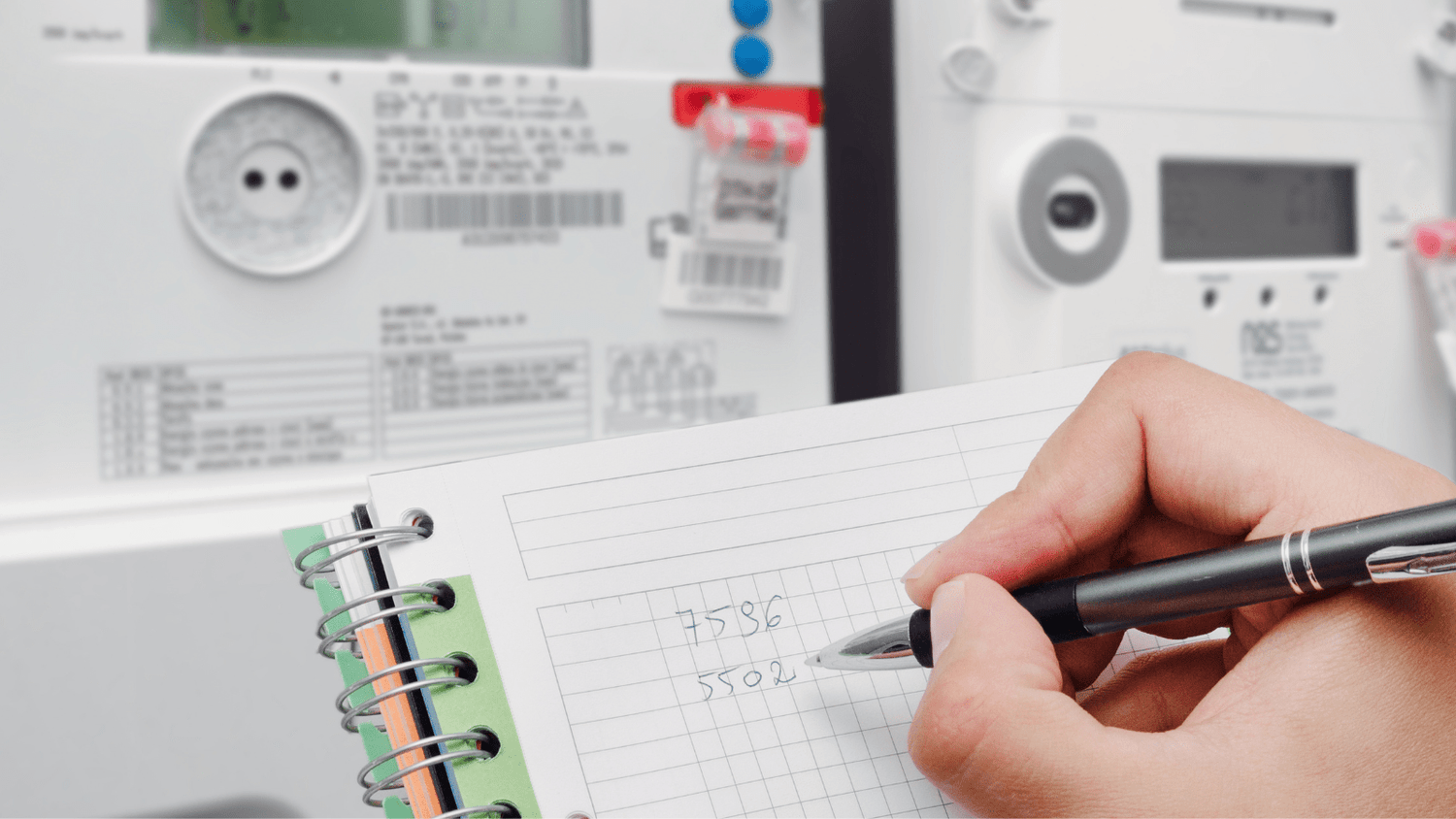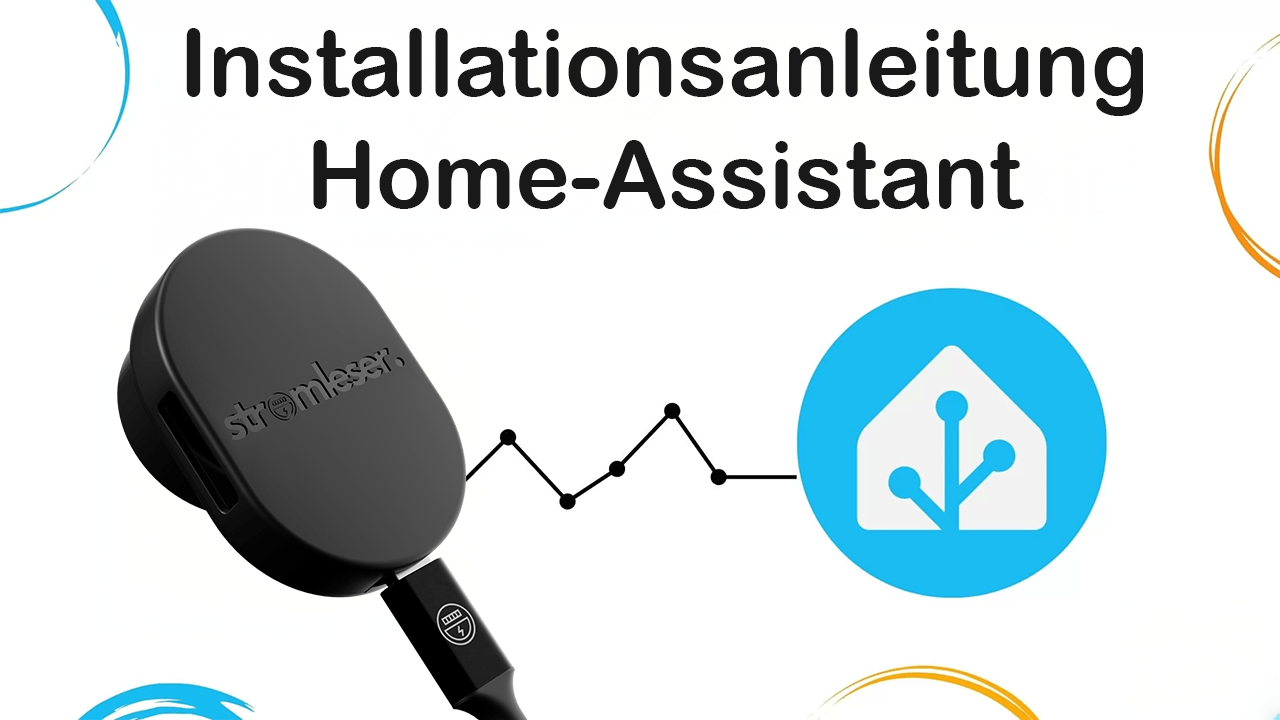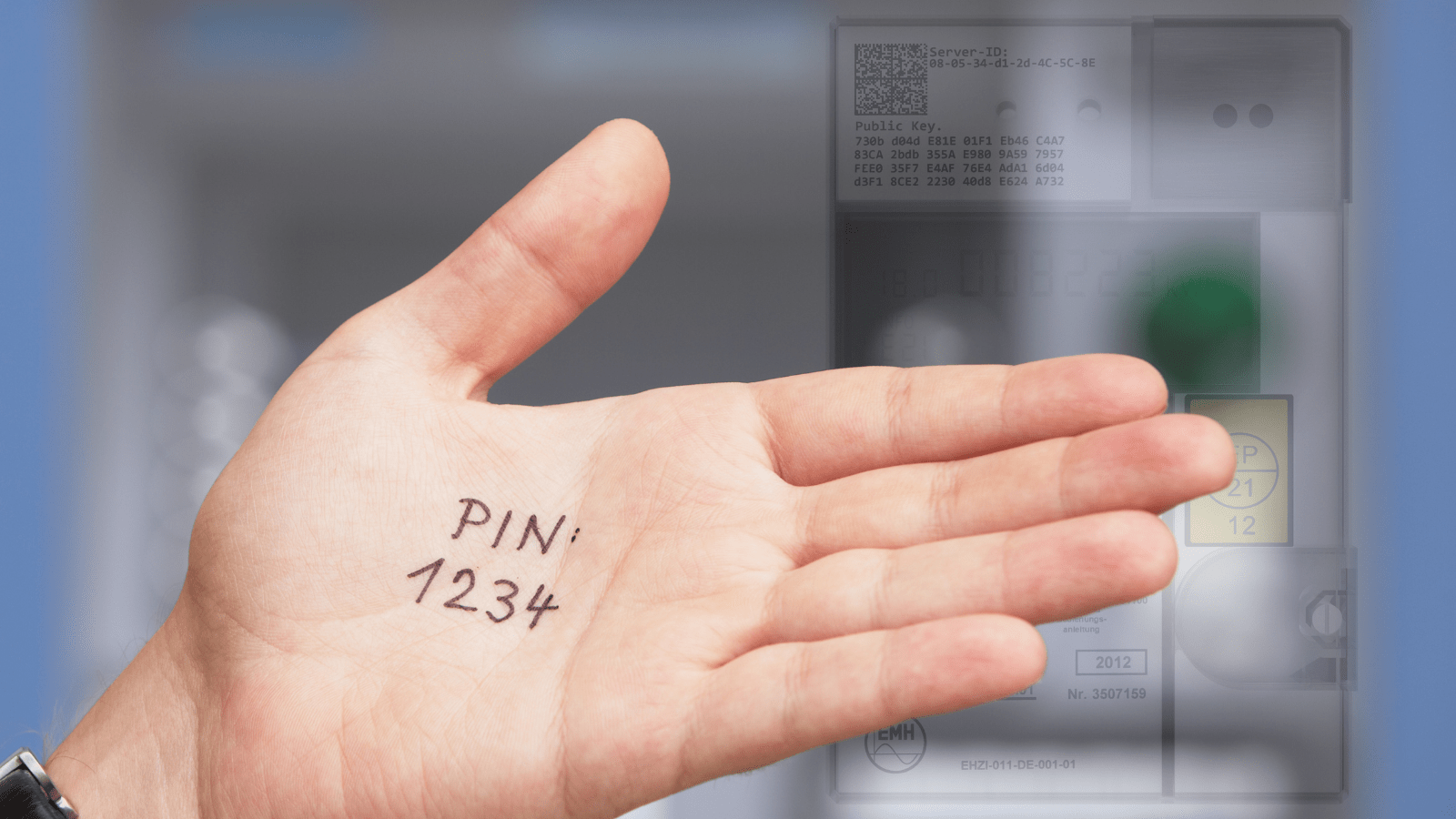How to find the right meter reading – whether analogue, digital or smart
Want to read your electricity meter but aren't sure how to do it with your device? No problem! In this blog post, we'll explain step-by-step how to correctly read the current meter reading – regardless of whether you use a traditional Ferraris meter, a modern measuring device (digital meter), or a smart metering system.
Why is reading the electricity meter so important?
A correctly recorded meter reading is crucial for:
-
an exact electricity bill
-
the correct annual statement
-
a smooth change of electricity provider
-
your own control over electricity consumption
An incorrectly entered value can lead to problems with your network provider – or to unnecessary costs. Especially when reading your meter yourself, every digit counts! In any case, regular meter readings are worthwhile to avoid unexpected additional payments.
Preparation: How to get the meter reading right the first time
Before you start reading:
-
Find the electricity meter – usually in the meter cabinet in the basement, hallway or utility room.
-
Have equipment ready – a flashlight or smartphone will help in poor lighting.
-
Note the date and time – important for follow-up questions and traceability.
-
Check meter number – make sure you are reading the correct meter, especially if you have multiple units.
What numbers do I have to read on the electricity meter?
Only note the digits before the decimal point or before a colored line. These indicate the reading in kilowatt hours (kWh). You don't need the decimal places. Some devices with a meter can display additional information.
A common mistake is reading the wrong display. Therefore, make sure you note the actual electricity consumption and not the amount fed in (e.g., with PV systems). Some devices change the display automatically; in this case, wait until the value labeled 1.8.0 appears.
How to read different types of meters correctly
Ferraris counter (mechanical with turntable)
The Ferraris meter is one of the so-called three-phase meters, which used to be standard in many households.
Features:
- Black case
- Visible turntable
- Number roll with mostly red decimal place
Here's how to read it: Only write down the numbers before the decimal point; the decimal place is ignored. If the meter shows 12345.6, write down 12345 kilowatt hours.

Modern measuring equipment (digital electricity meters)
Digital electricity meters, often referred to as electronic electricity meters or digital electricity meters, are the current standard in many households.
Features:
- Display with numeric display
- Control button for switching between displays
- Unit “kWh” visible
Here's how to read it: Press the button on the device until the consumption is displayed. Write down the displayed kilowatt-hour number. If your meter distinguishes between HT (high-rate) and NT (low-rate), you'll need to read and write down both values separately.

Intelligent measuring systems (smart meters)
Smart meters are networked digital meters with automatic consumption transmission.
Features:
- Changing display with measured values
- Connection to a communication module (often via app or web portal)
- Display 1.8.0 = consumption, 2.8.0 = feed-in (e.g. for PV systems)
Here's how to read it: For 1.8.0, enter only the digits before the decimal point; this is the consumption. For 2.8.0, enter only the digits before the decimal point; this is the feed-in.
When is a smart meter worthwhile?
A smart meter is particularly worthwhile if you want to analyze your electricity consumption in detail or record the amounts fed into the grid from a PV system. A smart meter also offers clear advantages for dynamic tariffs or those who desire greater transparency in their household. In such cases, remote reading enables precise billing and shows you your consumption in near real time – without manual reading.
Comparison at a glance:

Do you want to learn more about the differences between Ferraris meters, modern measuring devices and smart meters?
Then take a look at our detailed comparison of meter types .
stromleser: Live data directly to your smartphone
Would you like to conveniently track your electricity consumption in real time on your smartphone? The stromleser ( electricity reader) makes this possible – without any complicated installation.
Whether you're using a modern metering device or a smart metering system, the stromleser (electricity reader) automatically reads all shared values. All you need is a power outlet and Wi-Fi near your meter box. Once integrated, the stromleser (electricity reader) delivers all the values shared by your digital meter in a clear format directly to your mobile phone.

Installation & Costs: What you should know about new meters
-
Installation is carried out by the responsible metering point operator
-
Modern measuring device: approx. €20/year
-
Smart Meter: up to €100/year (depending on consumption)
-
Calibration is carried out regularly by the manufacturer or an independent testing center
Tip: When installing, pay attention to the correct location, such as proximity to the power line, and if necessary, select suitable adapters such as the 32A CEE mounting for larger consumers.
Another reason for replacing your old meter could be a new photovoltaic system. In this case, an intelligent system is often required to accurately measure the amount of electricity fed into the grid.

Other frequently asked questions
What is the difference between Ferraris meters, modern metering devices and smart meters?
The Ferraris meter is mechanical and displays consumption via a rotating dial. The modern meter is digital and displays consumption electronically, but cannot transmit data. A smart meter is also digital and transmits data automatically, thus enabling remote reading in real time.
How does remote reading work?
The device sends the data to the meter operator via an encrypted connection. You no longer have to read anything manually.
Can I install my meter myself?
Not usually. Installation is the responsibility of the meter operator. In exceptional cases (e.g., for special industrial projects), a specialist may be called in.
What should I consider when changing my electricity meter?
Note down the last reading and meter number, take a photo, and keep the data safe.
What role does the manufacturer play?
The display may vary slightly depending on the manufacturer. It's important that you know how to switch between the displays and which values are relevant.
What is the function of a current transformer?
A current transformer converts high currents into measurable values – often used in industry or in PV systems to accurately measure current flow.
Conclusion: Understanding and correctly using electricity meters
Reading your electricity meter correctly lays the foundation for transparent billing and more conscious energy use. Whether analog or digital, a quick glance at your meter helps you better assess your consumption and identify potential savings.
The stromleser makes things particularly convenient: It delivers real-time consumption data directly to your smartphone – for full control and fewer surprises on your next bill.





Leave a comment
This site is protected by hCaptcha and the hCaptcha Privacy Policy and Terms of Service apply.